My last post emphasized the three economies: the feudal economy, the MMI (or the standard Market-Money-Industrial economy that most economists discuss as if it were the only one) and the Attention Economy. Since these economies are very different, a direct comparison is not that easy, but taken as a whole, each one has certain characteristics that can be compared, and these comparisons can be combined in a single number for each. I call this Number, which I introduced last year, TPI (explained below). It is very rough, but still a useful way of comparing, I think.
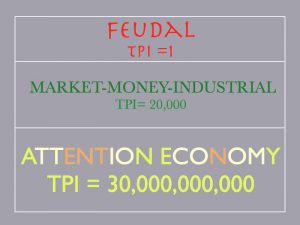
Since there is a certain flexibility in determining the basic unit of TPI (aka The Number) for the feudal economy it can simply can be set to be 1. In those units, for the MMI economy (the one economists tell us we are living in) The Number is about 20,000. But for the Attention Economy, The Number is something like 30 billion (30,000,000,000)! This says that the new economy will combine and integrate human life to a previously unimaginable extent.
So what are the components of TPI?
T stands for Transactions per Lifetime (of each individual);
P stands for the Pool of People Interacted With (in the total of transactions) that is the number of people who are operating in a pretty unified economy;
I stands for the Intensity of Interaction, the strength of its effect on the life of the typical person affected.
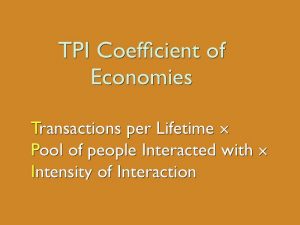
TRANSACTIONS differ in each economy:
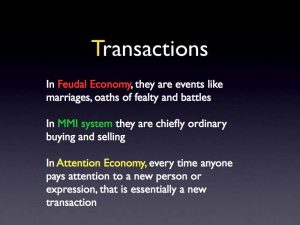
In the feudal economy, the key type of transaction occurs only a few times per lifetime for the affercted parties, the knights (who can be lords or vassals, or both).
In the MMI economy there can be a few transactions per day, so maybe 1000,000 or so per lifetime.
In the Attention Economy, though, there might be a thousand or more transactions, individual paying of attention, per person per day, leading to millions per lifetime.
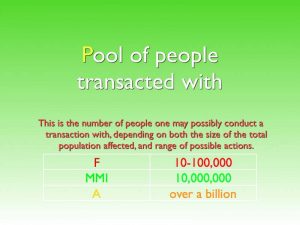
The POOL of people transacted with depends on how big the actual interactive economic unit is. In the feudal economy, because of the small distances people could travel and the small population, this number was smallest. In the industrial economy, for the most part factories and farms serve somewhat limited populations, even though the whole economy may be nearly worldwide. In the Attention Economy, audiences can be a billion or more, and vast numbers of the world can be in audiences for the same relatively few stars. So the pool is typically huge.
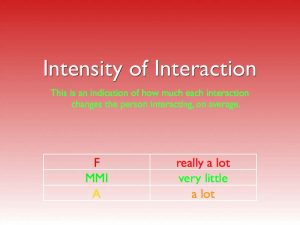
The final issue is the INTENSITY of the typical INTERACTION. In feudalism, each interaction was life-changing, either lifelong vows of loyalty and suzerainty for a lord and a vassal, or, alternatively, a serious fight, often to the death. In the MMI system, you occasionally buy a car or hire on for a new job, but mostly you buy things like a chair, a dozen eggs or a bag of potato chips, which have minimal effect on you. In the Attention Economy, paying attention changes who you are, in ways more profound than that, even if not as profound as in the feudal case.
Admittedly, all this is hard to quantify exactly, so the detailed Numbers should probably be taken with several grains of salt. But the trend seems pretty clear to me. The Number shows that the Attention Economy is something very new, very different and tremendously important.
Sorry, the comment form is closed at this time.